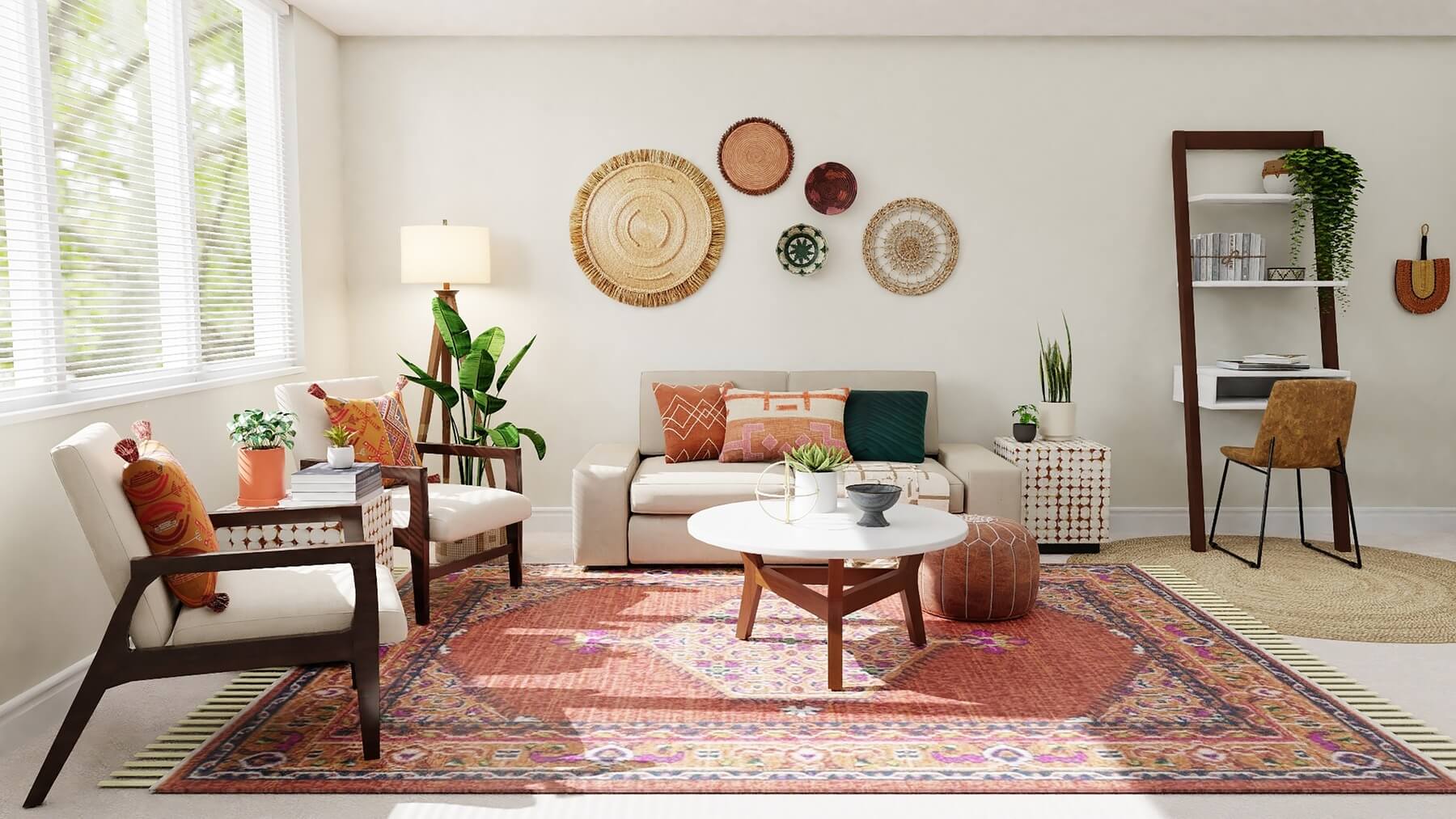There are a wide range of working conditions and employment opportunities within interior design. Large and tiny corporations often hire interior designers as employees on regular working hours. Designers for smaller firms usually work on a contract or per-job basis. Self-employed designers, which make up 26% of interior designers, usually work the most hours. Interior designers often work under stress to meet deadlines, stay on budget, and meet clients' needs.
Other areas of specialisation include amusement and theme park design, museum and exhibition design, event design (including ceremonies, weddings, baby and bridal showers, parties, conventions and concerts), interior and prop styling, tablescape design, theatre and performance design, stage and set design, production design for film and television. Beyond those, interior designers, particularly those with graduate education, can specialize in healthcare design, gerontological design, educational facility design, and other areas that require specialized knowledge.
Some university programs offer graduate studies in theses and other areas. For example, both Cornell University and University of Florida offer interior design graduate programs in environment and behavior studies. Within this at University of Florida, students may choose a specific focus such as retirement community design (under Dr. Nichole Campbell) co-housing (Dr. Maruja Torres) or theft prevention by design (Prof. Candy Carmel-Gilfilen) (Campbell, 2012, Personal Communication).

As the programming of Japan’s traditional culture gradually weakened from 1945 on, individual Japanese began to exercise some personal choice in their private lives. But the newly mandated freedoms had a minimal effect on a number of key institutions. Japan’s educational, economical and political systems remained hidebound bulwarks of traditional behavior. The politically guided economic system in particular was able to generate enormous power that could be directed with the precision of a laser beam. Boyé Lafayette De Mente, in his book “Japan Cultural Code Words”.
The interaction between Japanese and European art has been significant: for example ukiyo-e prints, which began to be exported in the 19th century in the movement known as Japonism, had a significant influence on the development of modern art in the West, most notably on post-Impressionism. Famous ukiyo-e artists include Hokusai and Hiroshige. The fusion of traditional woodblock printing and Western art led to the creation of manga, a comic book format that is now popular within and outside Japan. Manga-influenced animation for television and film is called anime. Japanese-made video game consoles have been popular since the 1980s. { Source }

Member discussion